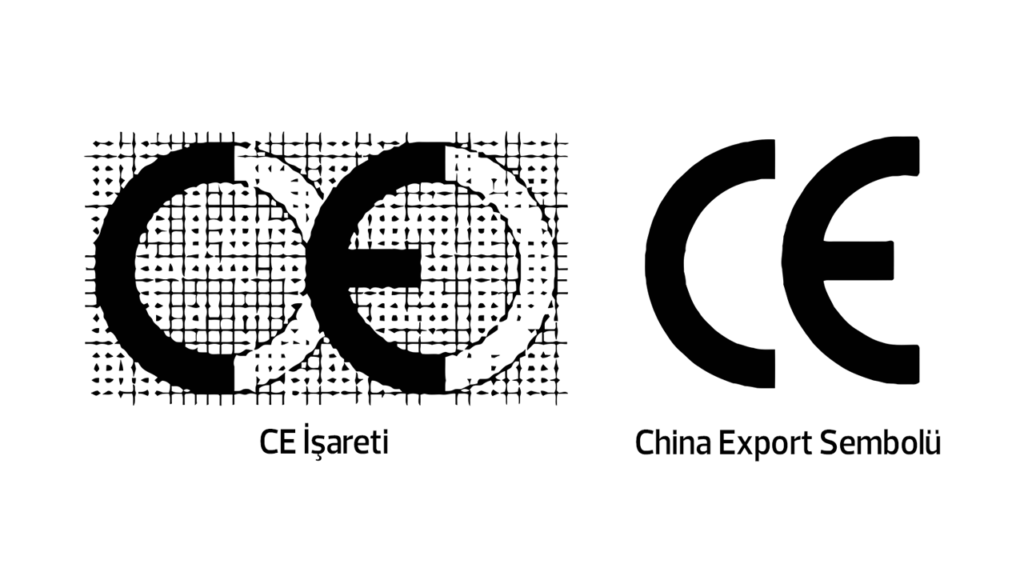Quality Control Process for LED Lights
More and more consumers are meeting with LED lighting every day. LEDs are highly efficient and long-lasting light sources. LED lights must meet certain criteria to operate safely during their specified lifetime. Testing LED lamps and fixtures before they are released enables consumers to purchase high-quality products.

More and more consumers are meeting with LED lighting every day. LEDs are highly efficient and long-lasting light sources. LED lights must meet certain criteria to operate safely during their specified lifetime. Testing LED lamps and fixtures before they are released enables consumers to purchase high-quality products.
The standard failure rate in the LED lighting industry is accepted as 3 percent. In many applications, the failure rate can reach 10 percent. This is because manufacturers test LED products incompletely, incorrectly, or not at all before shipment. LED lighting devices tend to fail prematurely, similar to other consumer electronics products. By properly testing LEDs, manufacturers can detect failures before shipment.
The testing process of LED lighting devices consists of several steps, each of which is of high importance.
Function Test
Functional testing helps verify that the lighting product is working properly. This test usually does not require any special equipment. The operator turns the light off and on, checking the lighting status and confirming that it is properly dimmed if appropriate. All observed functional issues, user manual and any deviations from specification should be reported.
Endurance Test
During functional testing, the operator briefly tests each function of the product. A lighting product can be used throughout the day. For this reason, it should be resistant to long-term use. The durability test, also known as the run test, evaluates the performance of lighting products over time. The operator leaves the light on at the highest setting for at least four hours. During this time, it checks for any malfunctions.
Fatigue Test
Switches, buttons and similar moving parts in lighting products are used thousands of times during the lifetime of the product. Fatigue testing helps evaluate the durability of functional parts for long-term use. The operator presses the buttons or switch on the product several times. These functions are checked if they contain foldable and moving parts.
Drop Test
The drop test is done for portable lamps such as flashlights and desk lamps. The lighting product is released from a height of 1 meter. The drop height varies according to the weight of the product and the standard to be applied. After the test, the damages on the product are checked.
Light Test
With the help of the integrated sphere, the values of the light source such as brightness, color and efficiency are measured. A spectroradiometer and calculation software should be used with the integrated sphere. The operator places the illumination product inside the integrated sphere and observes the results via the computer interface. The measurement report includes parameters such as power consumption, power factor, light output, color temperature, color rendering index.
Electromagnetic Compatibility Test
The electromagnetic compatibility (EMC) test serves to verify that the lighting product does not emit excessive electromagnetic interference during use. Electromagnetic interference can damage and malfunction other electronic devices. This test should be performed in an isolated room or ideally in a dedicated EMC lighting test room. While there are different standards for EMC measurements, the requirements are broadly similar.
Leakage Test
The tightness test determines whether the outer casing of the lighting products can protect the electrical parts against water and dust. In order for the product to be electrically safe and long-lasting, its tightness must be tested. As a result of the impermeability test, the IP (Ingress Protection) degree of the product is determined. The first digit indicates resistance to solid objects and the second digit indicates resistance to liquids in the degree indicated as IPXX. While IP20 protection class is sufficient for lighting products to be used indoors, a minimum IP65 protection class, which means water resistance, is required outdoors.
Assembly Test
Not all lighting products offered for sale are ready for use. Some products are delivered to the consumer in disassembled form and the parts must be assembled by the consumer. The assembly check helps to verify whether customers can assemble the product easily, install and use it quickly. The operator assembles the product following the assembly instructions to mimic the actual process that the consumer will experience.
Testing LED products helps to identify problems that they have and may have. Testing the product is a good opportunity for manufacturers to improve parameters such as brightness, efficiency and functionality.

